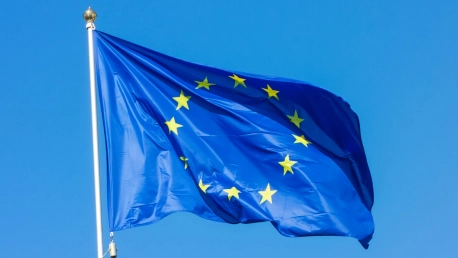Since the launch of Europe’s Unified Patent Court (UPC) on June 1st, the landscape for patent litigation within the European Union has witnessed a significant transformation. Established to centralize patent litigation across its member states, the UPC aims to simplify and economize the process for inventors by providing a unified structure for legal disputes regarding patents. Designed with efficiency in mind, it has reshaped how inventors and companies approach patent litigation, offering a streamlined path through what was once a complicated and costly multijurisdictional system.
The Upsurge of Case Filings in the UPC
An Indicator of Confidence and Growth
The initial year of the UPC’s operations has yielded a robust response, with 373 cases filed, embodying the confidence that companies from various industries have placed in this newly minted institution. Representing sectors like electronics and pharmaceuticals, the uptake demonstrates that the UPC is fulfilling a much-needed role within the EU’s intellectual property framework. The heightened interest of these diverse sectors indicates not only the reception of the court but also the anticipated role it’s poised to play in shaping patent litigation across Europe.
The Maturation of a Legal Entity
Despite the UPC’s early strides, it is unmistakably in a period of maturation. Patent litigators commend the burgeoning case numbers as a sign of a thriving court, yet note that as with any new institution, inconsistencies are inevitable. The court is steadily settling into its authoritative role, with expectations that its decision-making idiosyncrasies will unfurl into a more uniform approach as it evolves.
Navigating Early Challenges and Concerns
Struggling with Transparency
The road to a fully efficient and mature court is not without its bumps. Transparency concerns have swirled around the UPC, with critiques centered on the accessibility of its decision-making processes and documentation. Such accessibility is crucial for the court not only to gain the trust of its users but also to uphold the principles of openness expected of a body of its stature. However, a silver lining has appeared in the form of a recent ruling that lends weight to the voices calling for greater transparency. This ruling suggests an institutional awareness and a course correction that may see the UPC’s transparency concerns erode with time.
The Big Pharma Hesitation
A pivotal test for the impact and efficacy of the UPC will be the response from the pharmaceutical industry. Given that patent revocation in this sector has far-reaching consequences, the reluctance of larger pharmaceutical companies to fully engage with the UPC could be telling. The stakes are incredibly high, as a single legal defeat could mean the revocation of a patent across multiple member states, potentially leading to substantial financial and competitive losses. Despite this, the rising tally of cases indicates a growing trust that transcends these fears, suggesting an optimistic horizon for the court’s future relations with the pharmaceutical industry.
What Lies Ahead for the UPC?
Stable, Confident, and Integral
Looking back at the first year, the UPC has shown a promising trajectory. Adoption rates among corporations are healthy, and the court is actively grappling with its teething problems. As the UPC continues to develop, it’s expected to emerge as a stable and dependable fixture in EU patent litigation—embraced for its consistency, accessibility, and transparency.
The Future is Bright for EU Patent Litigators
Since its inauguration, Europe’s Unified Patent Court (UPC) has revolutionized the EU’s patent litigation system. The UPC’s creation marks a concerted effort to unify the judicial proceedings regarding patents across its member countries, streamlining and defraying the historically complex and expensive cross-border legal process. It furnishes inventors with a single, cohesive legal venue for the resolution of patent disputes, thereby modifying the previously fragmented litigation landscape. Efficiency is at the heart of UPC’s mission, and as a consequence, both individual inventors and businesses are experiencing a new, less cumbersome pathway for legal proceedings related to patents. By doing so, the UPC has altered the strategic planning behind patent litigation within the European Union, crafting a more cost-effective and unified approach to these legal challenges.









